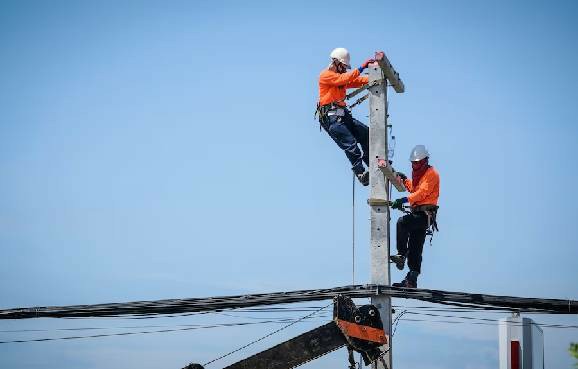


 349,500 Offered Certificates
349,500 Offered Certificates
 24/7 Online Training
24/7 Online Training
 Money Back Guarantee
Money Back Guarantee
 Fully Accredited Courses
Fully Accredited Courses

Created at: 22-02-2025 16:13
When it comes to workplace safety, particularly in high-risk environments, the importance of proper training cannot be overstated. Accredited Working at Heights training programs play a crucial role in protecting workers and ensuring compliance with regulations. This blog post will delve into the reasons why businesses must invest in accredited courses, the significance of recognized certifying bodies like HSA, HSE, and RoSPA, and the potential risks associated with non-accredited training.
Working at Heights refers to any situation where a worker could fall from a height that is likely to cause injury. This includes tasks performed on ladders, scaffolding, or rooftops. As such, adequate training is necessary to equip workers with the knowledge and skills to operate safely in these high-risk environments.
Accreditation serves as a stamp of quality assurance in training programs, confirming that a course meets specific standards set forth by authoritative bodies. In Ireland, organizations such as the Health and Safety Authority (HSA), Health and Safety Executive (HSE), and The Royal Society for the Prevention of Accidents (RoSPA) set the benchmarks for safe work practices, including those applicable to Working at Heights.
While various training providers may offer Working at Heights courses, choosing a non-accredited provider can have severe ramifications. Here are some risks associated with non-accredited training:
When exploring options for Working at Heights training, it's vital to choose providers accredited by reputable organizations. Courses that are HSA, HSE, or RoSPA-approved are guaranteed to meet industry standards.
Choosing a provider accredited by these organizations ensures the following:
Several businesses have successfully improved safety standards and reduced incidents by opting for accredited Working at Heights training. For instance, a construction firm in Dublin saw a 40% decline in fall-related incidents after their workers completed an HSA-accredited course. Likewise, a service provider in Cork achieved compliance with safety regulations, alleviating concerns about potential fines after implementing a RoSPA-approved training program.
When selecting a Working at Heights course, consider the following:
For maximum flexibility, many accredited training providers offer Working at Heights online courses. This allows businesses to train their staff in a convenient setting while ensuring they meet industry standards.
In summary, choosing an accredited Working at Heights course is essential for businesses committed to safeguarding their employees and maintaining compliance with legal regulations. Investing in certified training established through recognized organizations like HSA, HSE, and RoSPA can not only protect your workforce but also enhance your business reputation.
If you’re ready to improve safety standards within your organization, consider enrolling in an accredited Working at Heights training program today. For more information, reach out to [email protected] or explore our offerings at Working at Heights Course.